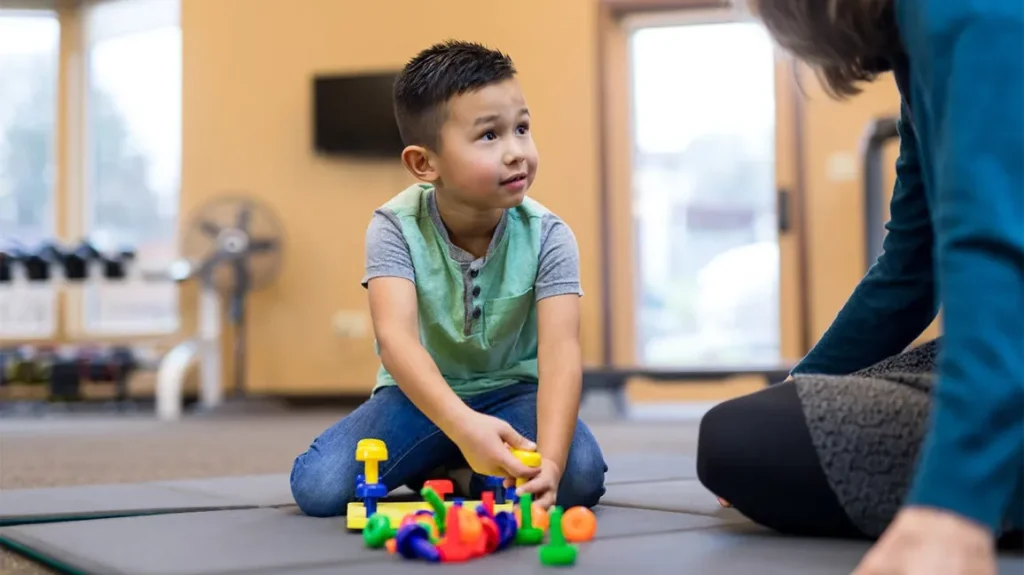For children who are Gestalt Language Processors, speech therapy sessions will look different
from a “traditional” speech therapy approach. Speech Language Pathologists (SLP) that are
trained in Natural Language Acquisition (NLA) provide neurodiversity affirming, child-led
therapy to children who are Gestalt Language Processors.
As NLA-trained SLPs, we will be doing a lot of listening during our sessions with Gestalt
Language Processors. For example, we will be listening for long strings of language that are
generated in a chunk. This is because for Gestalt Language Processors, they take in and process
language in chunks or phrases. In addition, we will listen for unintelligible language, single
words that may be “stuck,” or singing/humming of familiar songs. SLPs are actively doing the
detective work to figure out where the chunk of language is coming from, and the
meaning/emotion attached to the script.
Our approach will be child-led, meaning that we will follow the child’s lead throughout the
session. If a child likes trains, we will incorporate play with trains during our session. We will
tailor the therapy session to model meaningful gestalts for each child and embed them during
child-led play. This will look very different from a “traditional” analytic language processor
approach where we are modeling single word or two-word phrases (e.g., “Put on!” “Go in!”).
Instead, we will model a mitigable gestalt, such as “Let’s go jump!” or “Want some more?”
One of the best parts about providing neurodiversity affirming therapy for Gestalt Language
Processors is the rapport and trust that is built between clinician and child. For years, non-
neurodiversity affirming, compliance-based approaches were looking to extinguish echolalia.
Many professionals believed that echolalia did not communicate and was not meaningful. NLA-
Trained SLPs value, support, and acknowledge all communication from clients. This includes
American Sign Language, gestures, facial expressions, sounds, single words, AAC, and
echolalia. You can expect to see each NLA-trained clinician acknowledging, validating, and even
repeating back scripts to the child.
NLA trained SLPs provide patient-centered care and will actively involve caregivers, parents,
teachers, and other therapists. The caregivers in a child’s life can provide insight into various
scripts, preferred toys, and activities, and can help do the detective work with the clinician. The
school team can provide language samples from the child’s school day and collaborate with the
team to model mitigable gestalts at school. Although the treatment may look different, NLA
trained SLPs are here to be an active team member and work with each and every family.
Rachel Weintraub MS CCC-SLP, TSSLD
